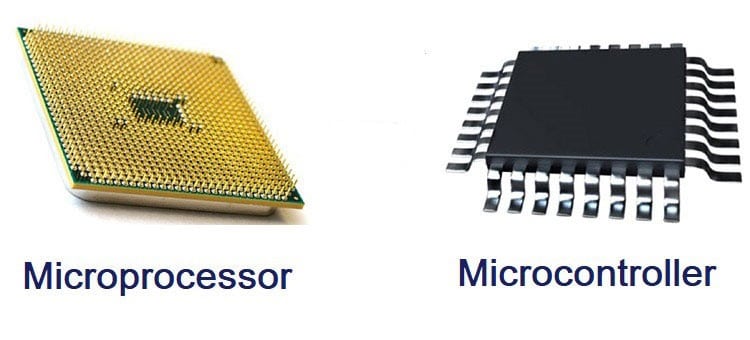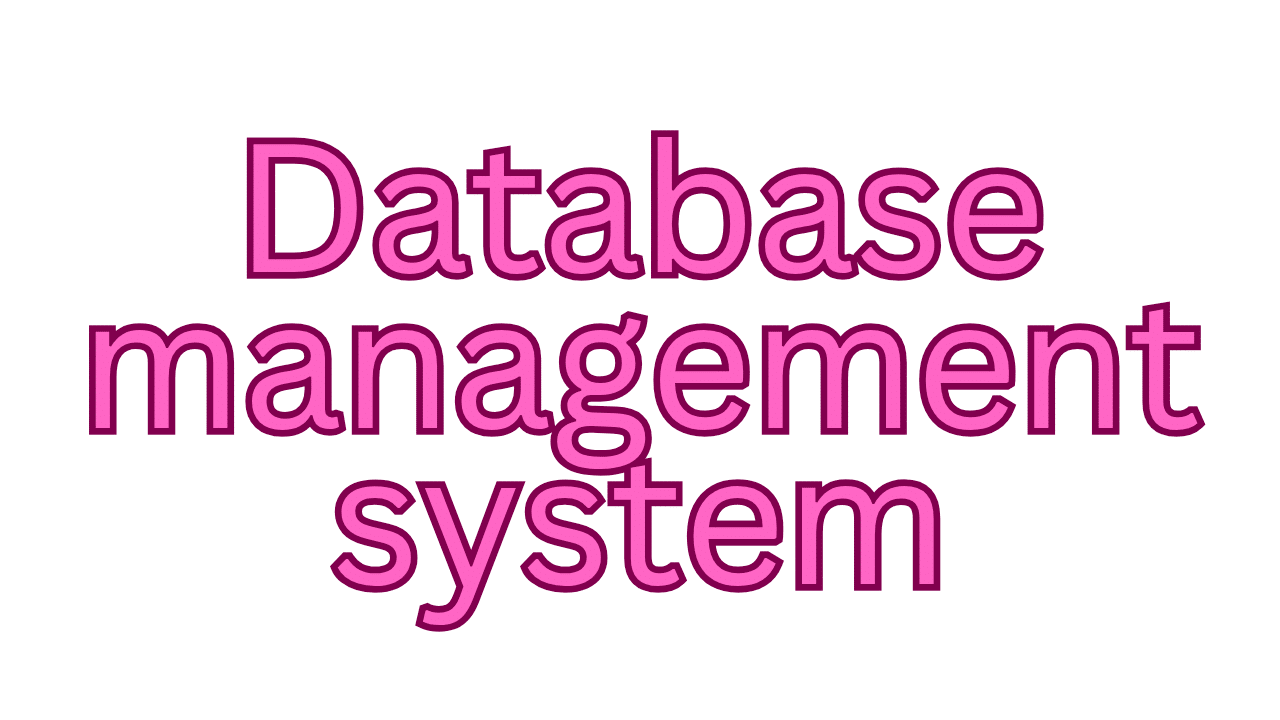Peripheral Devices In order to communicate with the outside world microcomputers, use peripherals (I/O devices). Commonly used peripherals are: A/D converter, D/A converter, CRT, printers, Hard disks, floppy disks, magnetic tapes etc. Peripherals are connected to the...
Part 11: Microcontroller Architecture with PIN Port Configuration
Microcontroller Microcontroller contains all essential components of a microcomputer such as CPU, RAM, ROM/EPROM, I/O lines etc. Some single chip microcontrollers contain devices to perform specific functions such as DMA channels, A/D converter, serial port, pulse...
Part 10: Multiprocessor Configuration and Memory and I/O Interfacing
Multiprocessor Configuration Multiprocessor is the set of multiple processors that executes instructions simultaneously. There are basically three configurations of multiprocessor: Coprocessor Configuration Closely Coupled Configuration Loosely Coupled Configuration...
Part 9: Interrupts and Pointer table in 8086 microprocessor
Interrupts in 8086 microprocessor Interrupt is a process of generating a temporary halt throughout program execution and permits peripheral devices to access the microprocessor. Microprocessor answers to these interrupts with an interrupt service routine (ISR), which...
Part 8: 8086 Microprocessor PIN Configuration and Instruction Set
8086 pins configuration The description of the pins of 8086 is as follows: Address Data Bus PIN in details: AD0-AD15 (Address Data Bus): Bidirectional address/data lines. These are low order address bus. They are multiplexed with data. When these lines are used to...
Part 7: 8086 Microprocessor Architecture and Functional Unit
8086 Microprocessor 8086 Microprocessor is a boosted version of 8085 Microprocessor designed by Intel in 1976. This is a 16-bit Microprocessor having 20 address lines and 16 data lines which provides up to 1MB storage. It consists of powerful instruction set provides...
Part 6: Microprocessor Based Application Usage in Everyday Life.
Microprocessor Application Microprocessor based systems are found everywhere today. It just not in computers and smartphones also in automatic testing of products, speed control of motors, traffic light control, communication equipment, television, satellite...
Part 5: Programming in 8085 microprocessor
Programming with 8085 Let's see some simple examples to demonstrate the use of some important instructions of 8085. Problem: Write an assembly language program to add two 8 bit numbers stored at address 2050 and address 2051 in 8085 microprocessor. The starting...
Part 3: Microprocessor Architecture and details of properties
Microprocessor Architecture The microprocessor is the CPU (Central Processing Unit) of a computer. It is the heart of the computer. Here, we will describe Intel 8085 as it is one of the most popular 8-bit microprocessor. For instance, Intel 8085 is an 8-bit, NMOS...
Part 2: Types of Microprocessors with each characteristics.
Types of Microprocessors: To know about the types of microprocessor lets know what is a microprocess its use and feature evolution. Part 1: Introduction to Microprocessor Evolution with features. Some of the types are discussed with real time use examples: Vector...
Part 1: Introduction to Microprocessor Evolution with its Features
What is a Microprocessor? A digital Computer or Computer's Central Processing Unit (CPU) built on a single Integrated Circuit (IC) is called a microprocessor. Since it is a programmable electronics chip of computing and decision making capabilities. The microprocessor...
Part 4: Instruction and Data Formats of 8085 microprocessor
8085 microprocessor Instruction and Data Formats. There are numerous techniques to require data for instructions are: In the instruction itself 8-bit or 16-bit data may be directly given. In the instruction itself, the address of the memory location, I/O port or I/O...
Chapter 4 Relational Algebra
Relational Algebra The part of mathematics in which letters and other general symbols are used to represent numbers and quantities in formula and equations. Ex: (x + y) · z = (x · z) + (y · z). The main application of relational algebra is providing a theoretical...
Chapter 3 Components of the Database System Environment
Components of the Database System Environment There are five major components in the database system environment and their interrelationships are. Hardware Software Data Users Procedures Hardware: The hardware is the actual computer system used for keeping and...
Database basic overview
What is DBMS? A Database Management System (DBMS) is a collection of interrelated data and a set of programs to access those data. Database management systems (DBMS) are computer software applications that interact with the user, other applications, and the database...
Laravel – Scopes (3 Easy Steps)
Scoping is one of the superpowers that eloquent grants to developers when querying a model. Scopes allow developers to add constraints to queries for a given model. In simple terms laravel scope is just a query, a query to make the code shorter and faster. We can...



